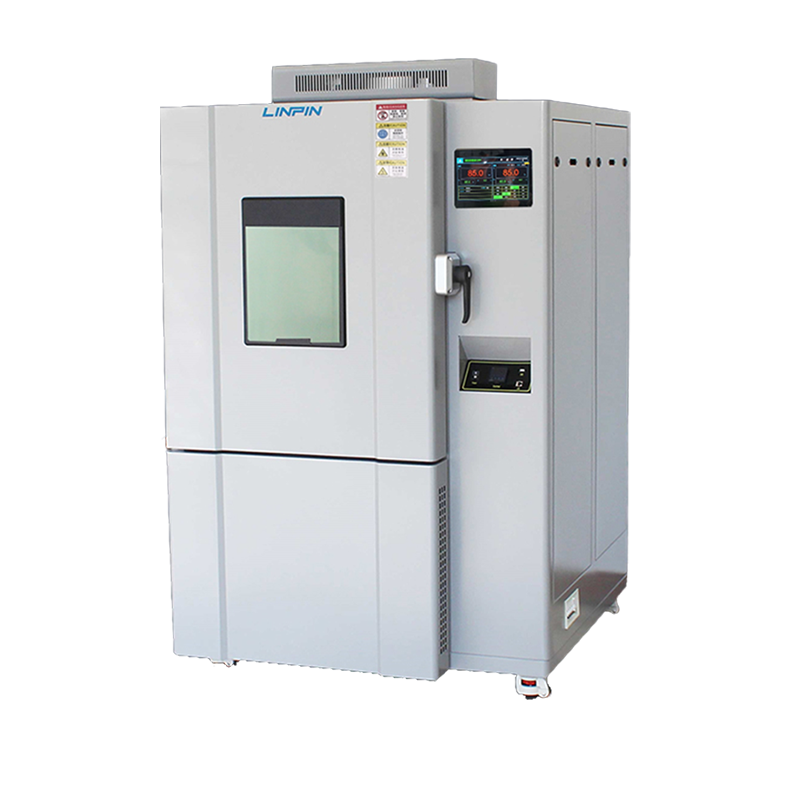
From the outside, a high and low temperature test chamber may appear to be just a large box. However, its internal structure is not as simple as it seems. The high and low temperature test chamber is mainly composed of the control system, refrigeration system, heating system, humidity system, sensor system, air circulation system, and safety protection system. These components work together to enable the test chamber to simulate atmospheric conditions.
Control System: This system is the core part of the high and low temperature test chamber, akin to the brain of the human body. It directs the coordinated operation of the other components based on the environmental data preset by the user, ensuring that the test chamber works efficiently and accurately.

Refrigeration System: This is one of the most frequently used parts of the chamber. It consists of two types: mechanical refrigeration and liquid nitrogen-assisted refrigeration. Mechanical refrigeration is achieved through the compression of vapor, while liquid nitrogen-assisted refrigeration utilizes the heat absorption during the phase change of nitrogen from liquid to gas. Under normal circumstances, mechanical refrigeration is the primary method, with liquid nitrogen refrigeration serving as an auxiliary method.
Heating System: The heating system contains high-power resistance wires. When electricity is applied, these wires generate heat. Due to their high power, the heating speed is relatively fast.
Humidity System: This system has two functions: humidification and dehumidification. Most machines use steam humidification, while dehumidification is achieved through cooling and drying methods.
Sensor System: This system is primarily used to sense humidity and temperature.
Air Circulation System: This system uses a motor to drive fans, providing supply air and return air for the test chamber.
Safety Protection System: The above six systems are essential for the device. To reduce the failure rate of the equipment, many devices also include a safety protection system. This system can provide self-protection for the device, ensuring its long-term normal operation and saving users a lot of trouble.
By understanding the main components and functions of a high and low temperature test chamber, you can gain a comprehensive understanding of the working process of the equipment. This knowledge will enable you to better utilize the test chamber for your work and more easily address any issues that may arise during use.